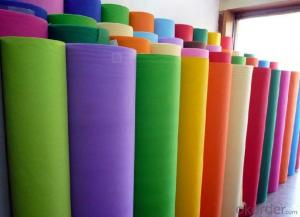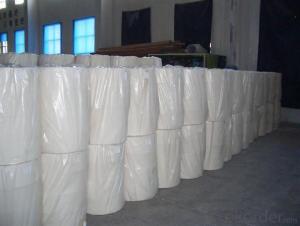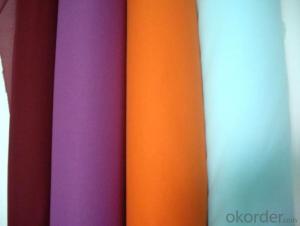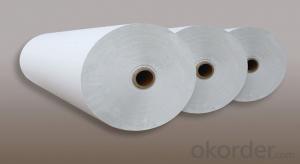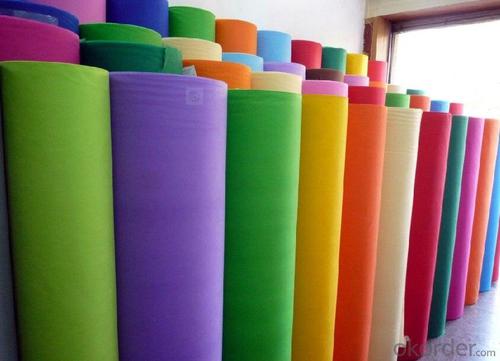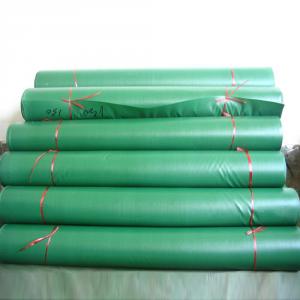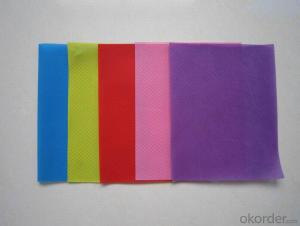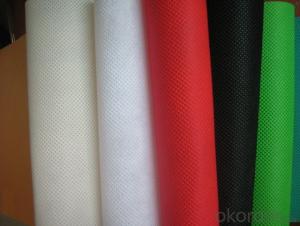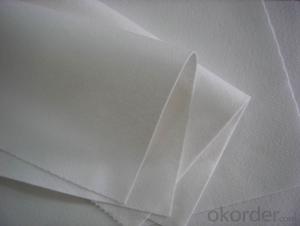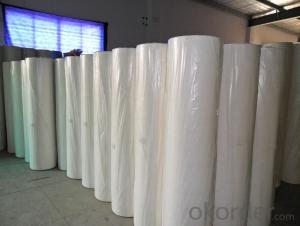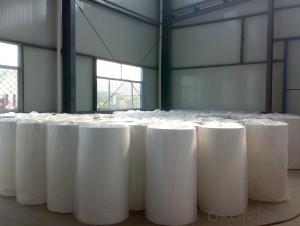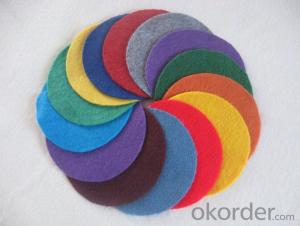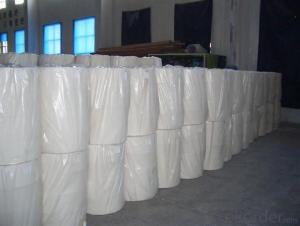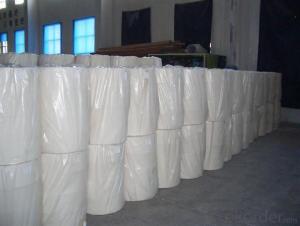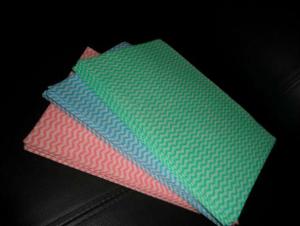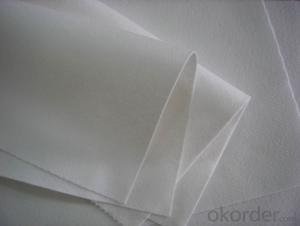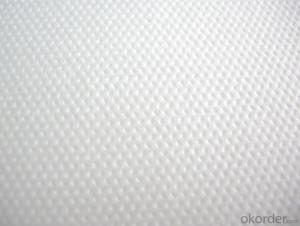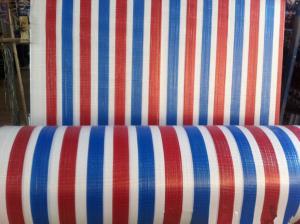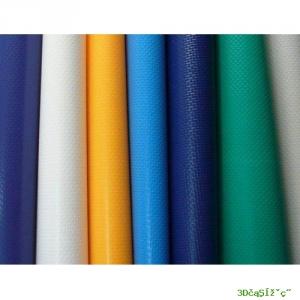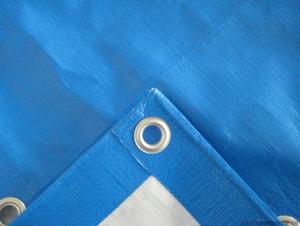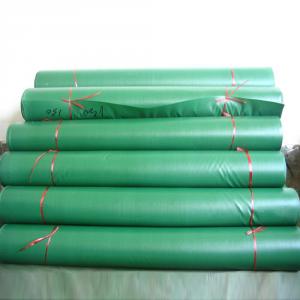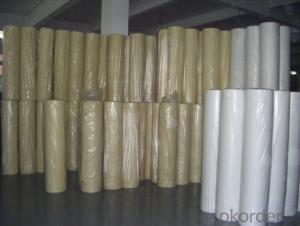Multi-Purpose Spunlace Nonwoven Fabric For Wet Wipes, Spunlace Nonwoven Fabric
- Loading Port:
- Shanghai
- Payment Terms:
- TT OR LC
- Min Order Qty:
- 1000 kg
- Supply Capability:
- 100000 kg/month
OKorder Service Pledge
OKorder Financial Service
You Might Also Like
Eco-friendly Polypropylene PET Spunbond Non-woven Fabrics Made in China
Our products have been widely used in the field of medical& sanitary, industry &agriculture, and construction &daily-used products such as agriculture plant covers, roof waterproof materials, disposable items for medical and industrial applications, liners for furniture, lining in cases,apparel, warm facilities, bedding products, sofas, packing materials, packing material land mulriple cloth shopping bags, suits and garment covers, Industrial protective coveralls, garment accessory materials, bed articles, medical and sanitary articles as well.
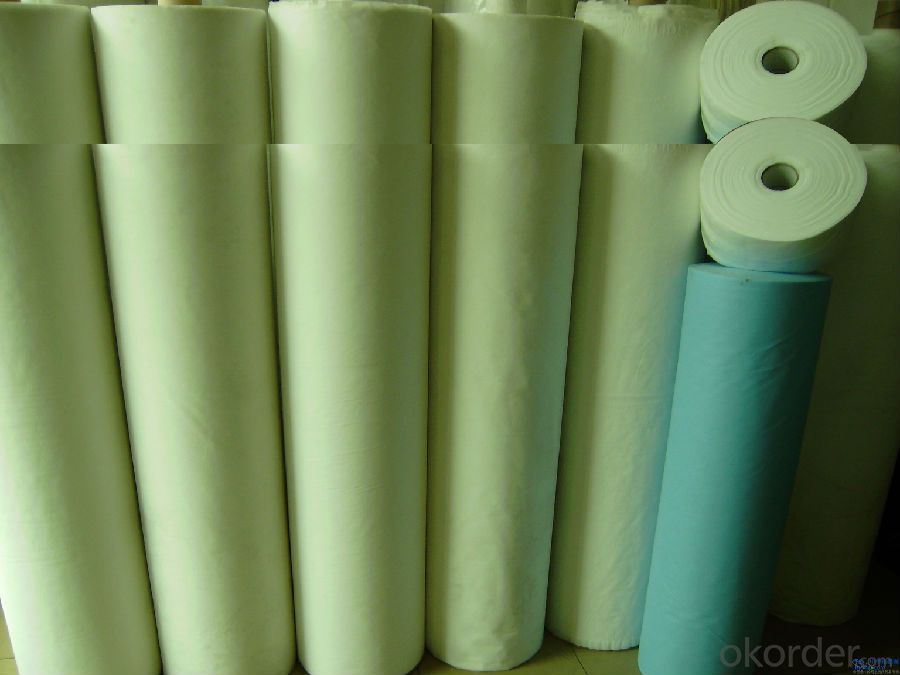
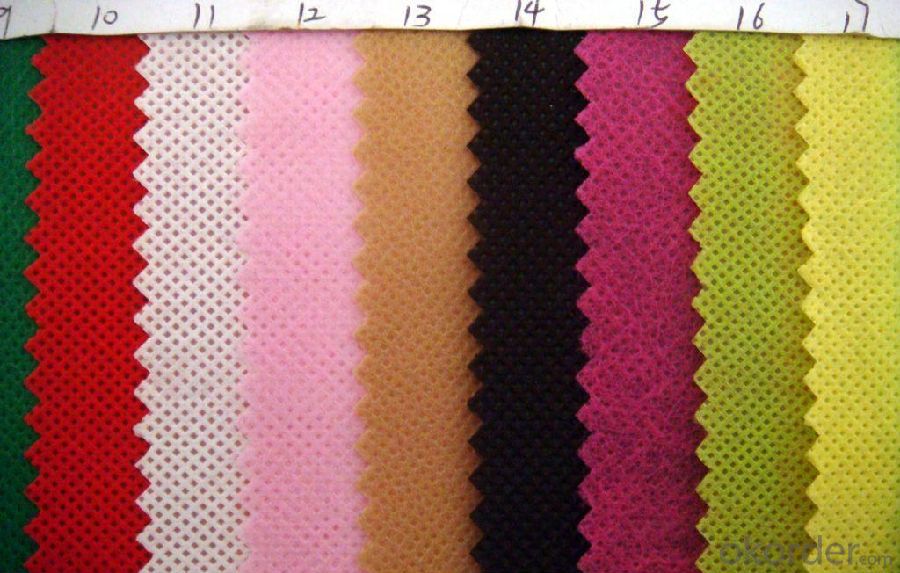


Our Service:
Within 24 hours reply ;
Well-trained and experienced staffs in English;
OEM & ODM , Customized are warmly welcomed , or design for you ;
Protecting customer’s privacy and profits;
Make sure the quality is approved , or we pay the return or remake them at once .
Nonwoven Advantage:
1. Light: Polypropylene is the main raw material; specific gravity is 0.9, is only third five, fleecy and touches well.
2. Flexibility: made up of microfiber (2-3D), dot by dot thermo-melt formed. Flexibility of products is suitable, comfortable.
3. Water resistance and breathability: slices of Polypropylene and finished products resist water, breathable and easy to maintain and wash.
4. Non-toxic, non-irritating: made of materials which catch up FDA standard, without other chemical composition, stable, non-toxic, no smell, safe for sensitive skin.
5. Anti-bacterial, anti-chemical: Polypropylene is blunt chemical substances can protect in liquid from bacterial and insects; antibacterial, alkali corrosion, erosion and the finished product will not affect sensitive skin.
FAQ:
Q: What standards are you carrying out for your products?
A: We produce according to the ISO9001 and ISO14001 rules.
Q: How to install the machine?
A: We will arrange 1~2 engineers to your factory to guide installation and assembly.
Q: What’s your international market?
A: We Have exported to about 40 countries and regions all around the world, such as, the USA, France, Singapore, Australia, Middle East, Brazil, Peru and so on.
Q: Do you sell steel shot or steel grit which can be uses in shot blasting machine?
A: We have four production lines for steel shot and steel grit production, one work shop for steel cut wire shots, and one workshop for stainless steel shot and Aluminium shot and so on.
Q: Do you have the right to export?
A: Yes, we registered in the Customs and gained the right to export by ourselves.
- Q: What is the purpose of using detergent in the textile industry?
- Textiles in the storage and transportation process is also easy to stained debris, dust and other impurities, but also to remove the dye.
- Q: The difference between double distribution and processing in textile fabrics
- Processing - the fabric is your own to buy, you get inside the factory processing
- Q: Textile finishing TPU, TPEF film. What's the difference?
- Hardness range: by changing the TPU reaction components of the ratio, you can get different hardness of the product, and with the increase in hardness, the product still maintain good flexibility and wear resistance.
- Q: What is the textile technology profession now?
- Textile materials and experiments; introduction of textile fiber, yarn, fabric type, composition, structure and performance; testing of textile properties; factors affecting the performance of textile materials; textile materials on the impact of textile processing technology;
- Q: Is the textile processing and sales tax rate the same?
- Yes, the value-added tax general taxpayer enterprises engaged in textile processing, sales, applicable value-added tax rates are 17%.
- Q: China is now optimistic about which one of the textile industry
- Special decorative textiles industry multi-functional high-level tent materials, automotive lightweight cover and interior materials, membrane structure materials and other special decorative textiles processing technology and industrial applications.
- Q: What are the raw materials for textiles?
- Modern textile products range, widely used. People wear on the head, who wear, hands on the set, the feet are inseparable from the textiles.
- Q: What is the whole process of textile and apparel trade?
- Although the customer to the right to the factory, but also to the factory to bring a certain degree of difficulty, to speculate on the mentality of customers, to take the initiative to innovate to design something. In this point, as soon as possible to adapt to the customer's request).
- Q: Do you need to do environmental protection for dry textile processing?
- Individual industrial and commercial business license is only one, but the composition is divided into two types of family management and personal business
- Q: Why can the oil industry be used as raw materials for the textile industry?
- Ancient Chinese textile and printing and dyeing technology has a very long history, as early as in the primitive society, the ancients in order to adapt to climate changes, has learned to use materials, the use of natural resources as textile and printing and dyeing raw materials, and the manufacture of simple handmade textile tools. Until today, daily clothing, certain daily necessities and works of art are the products of textile and printing and dyeing technology.
Send your message to us
Multi-Purpose Spunlace Nonwoven Fabric For Wet Wipes, Spunlace Nonwoven Fabric
- Loading Port:
- Shanghai
- Payment Terms:
- TT OR LC
- Min Order Qty:
- 1000 kg
- Supply Capability:
- 100000 kg/month
OKorder Service Pledge
OKorder Financial Service
Similar products
Hot products
Hot Searches
Related keywords
